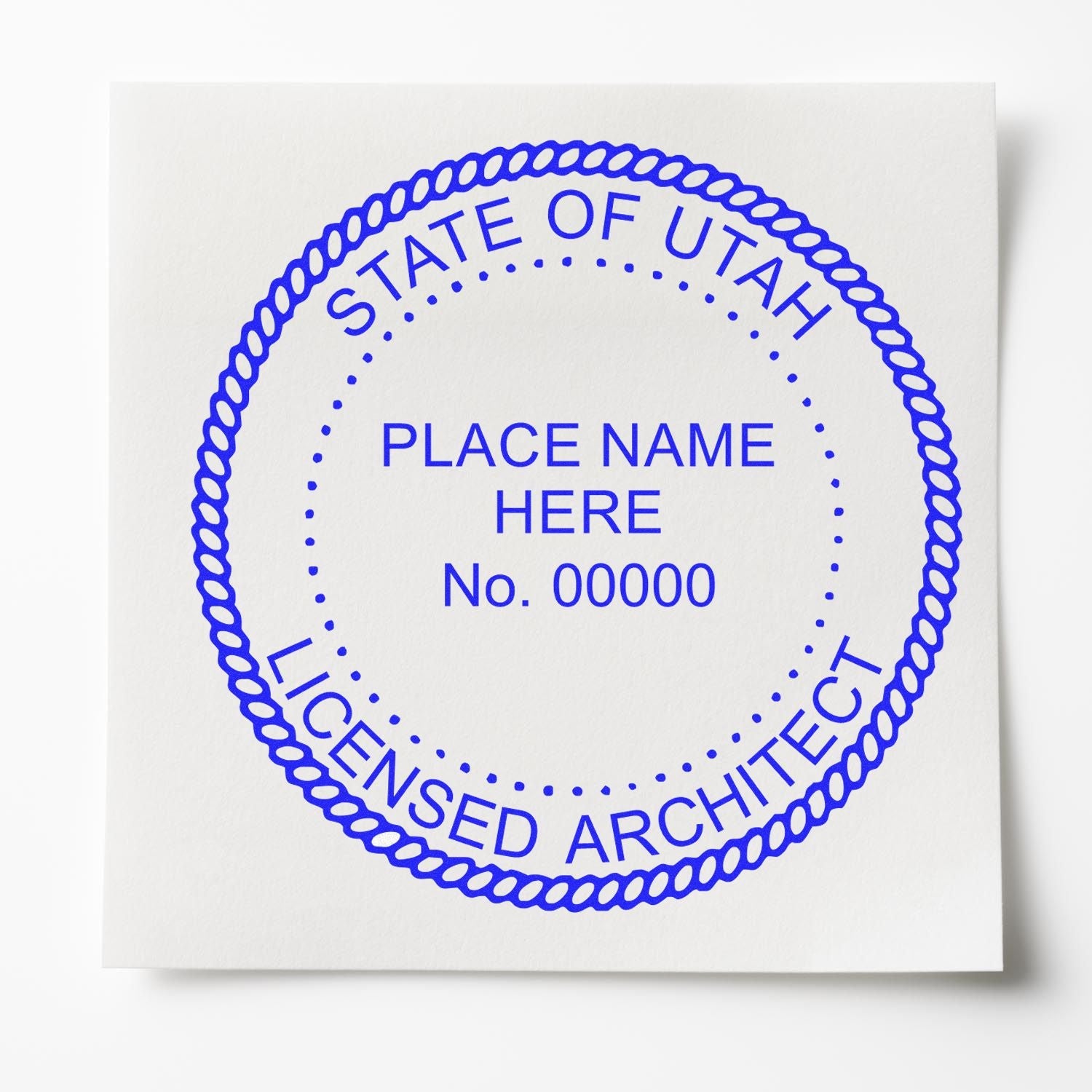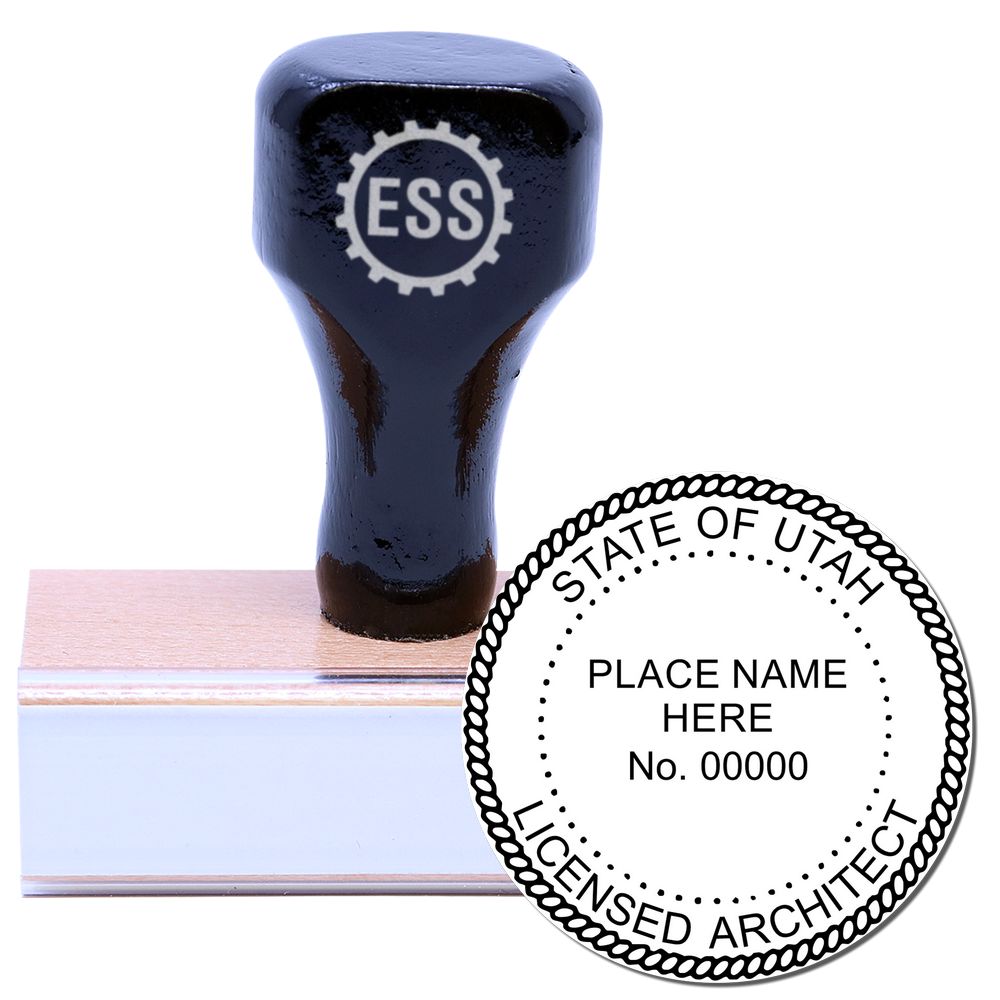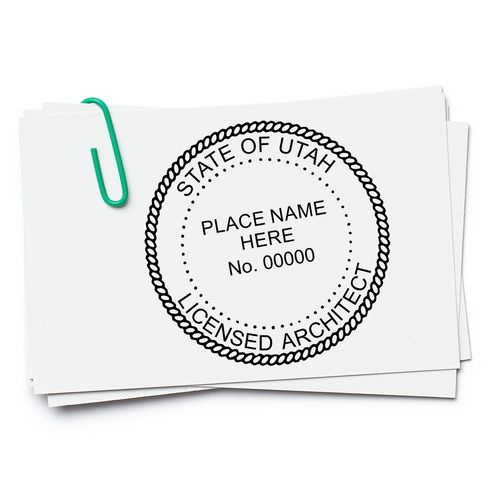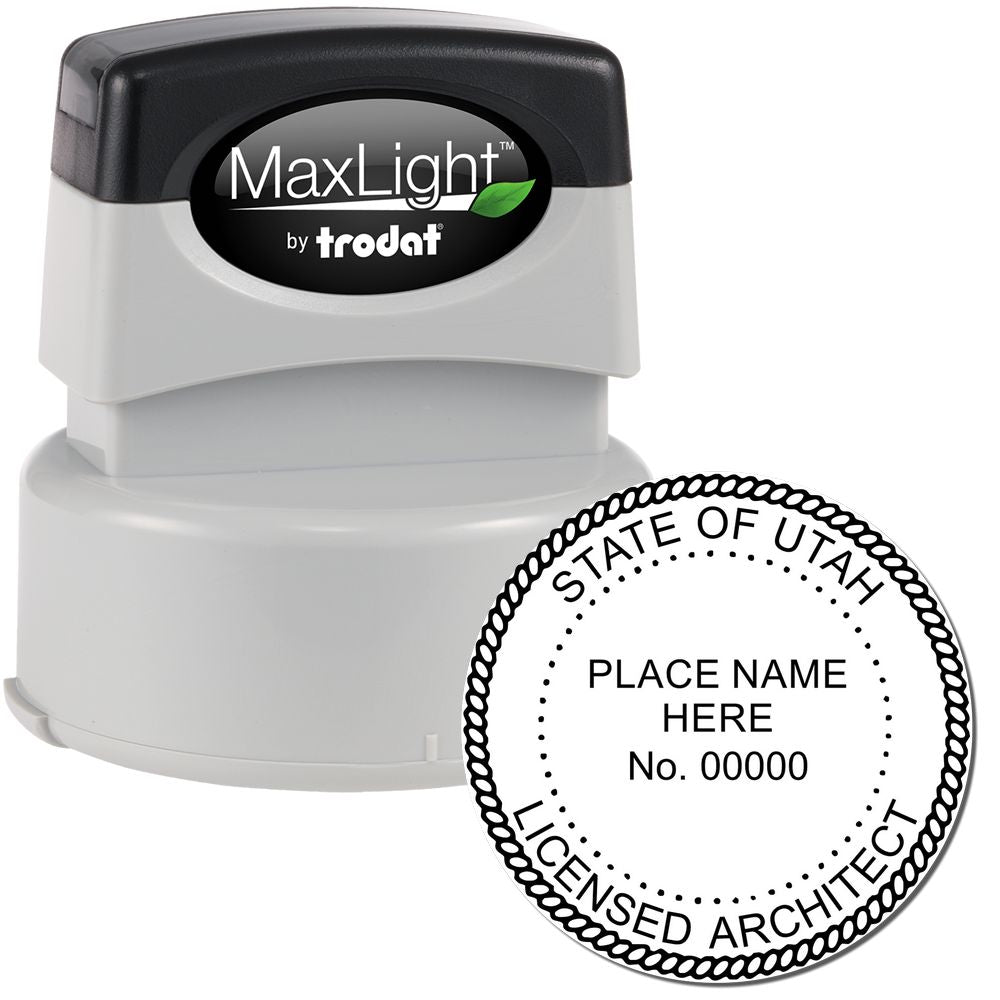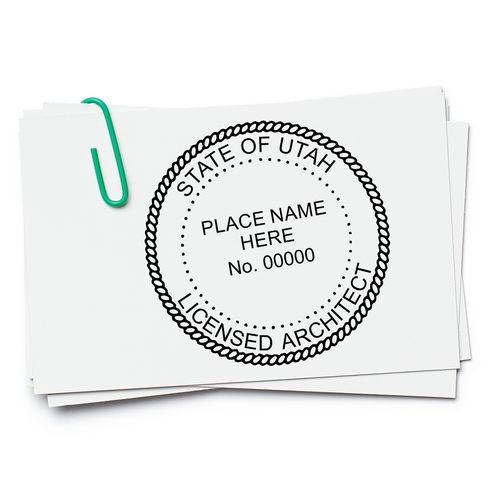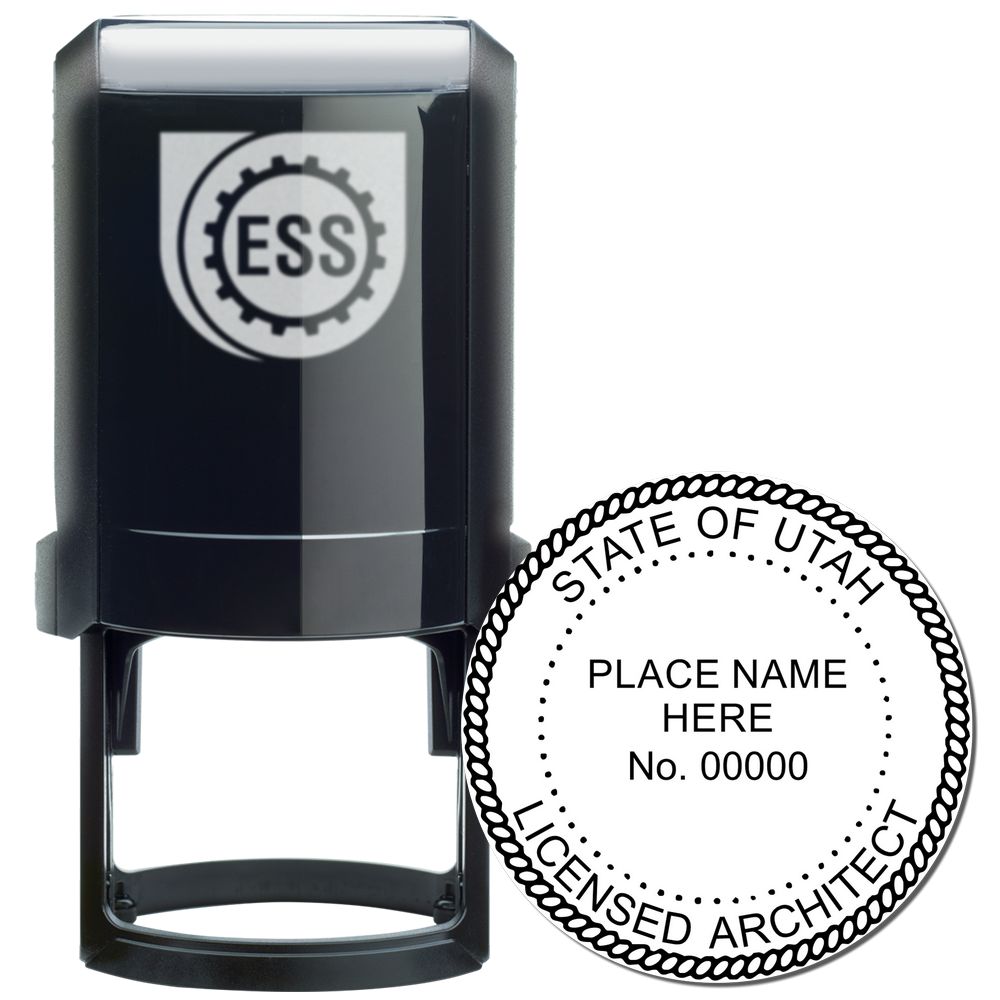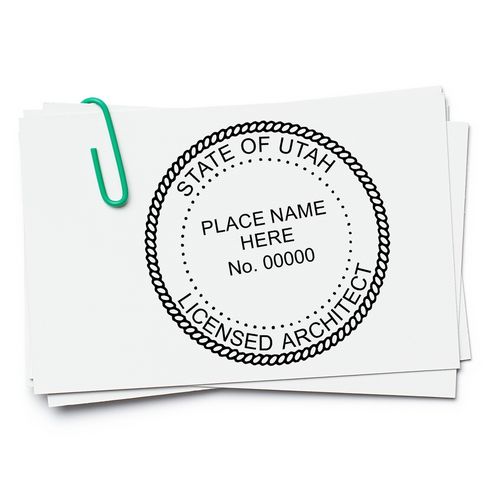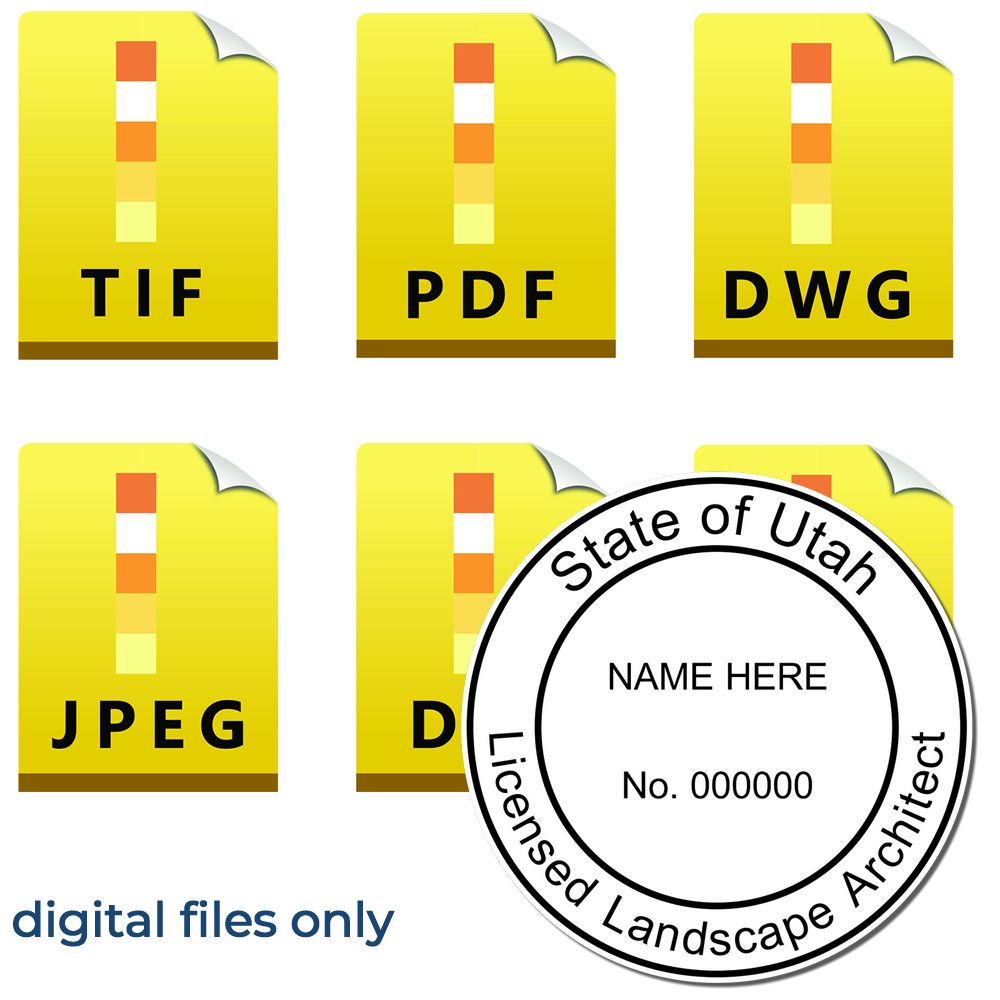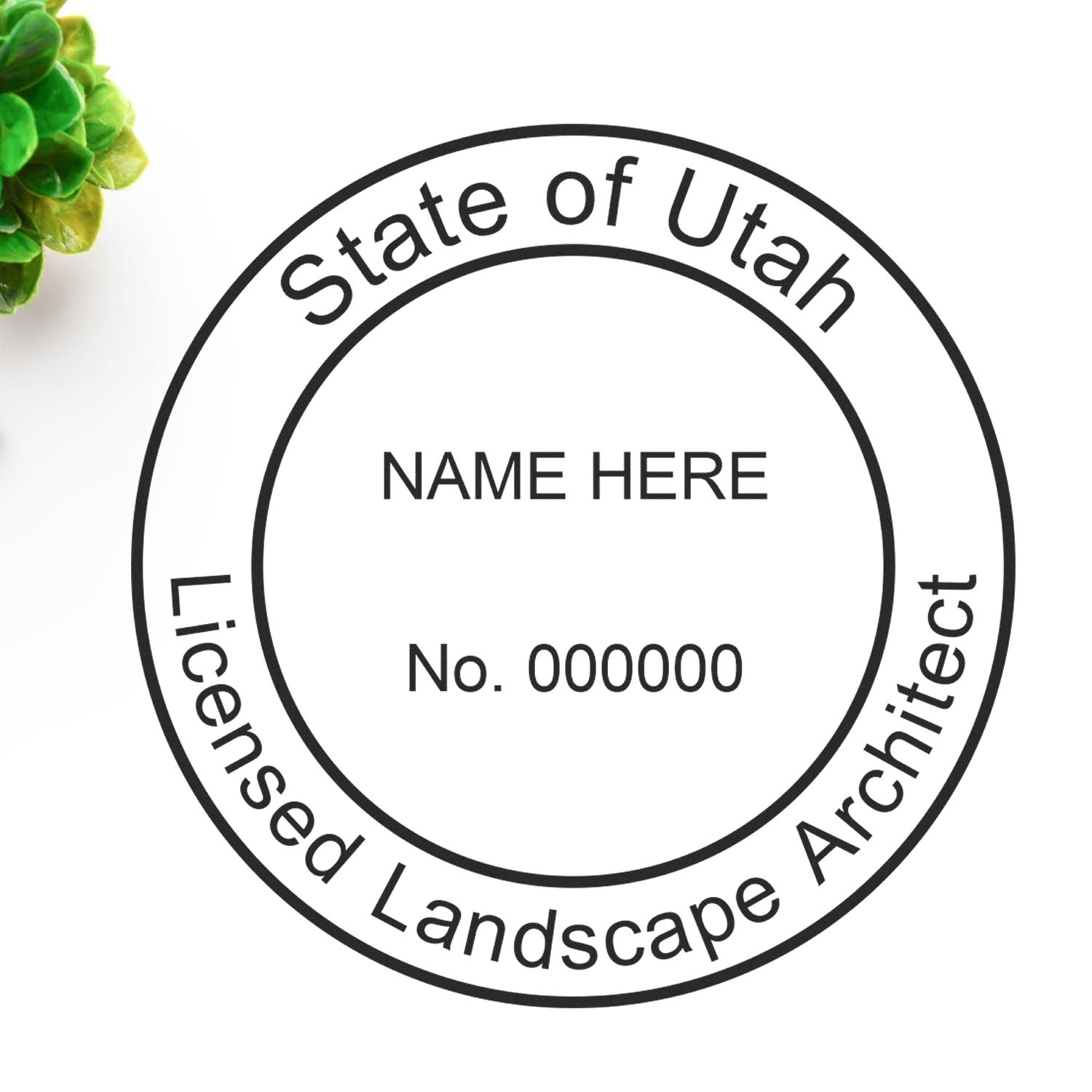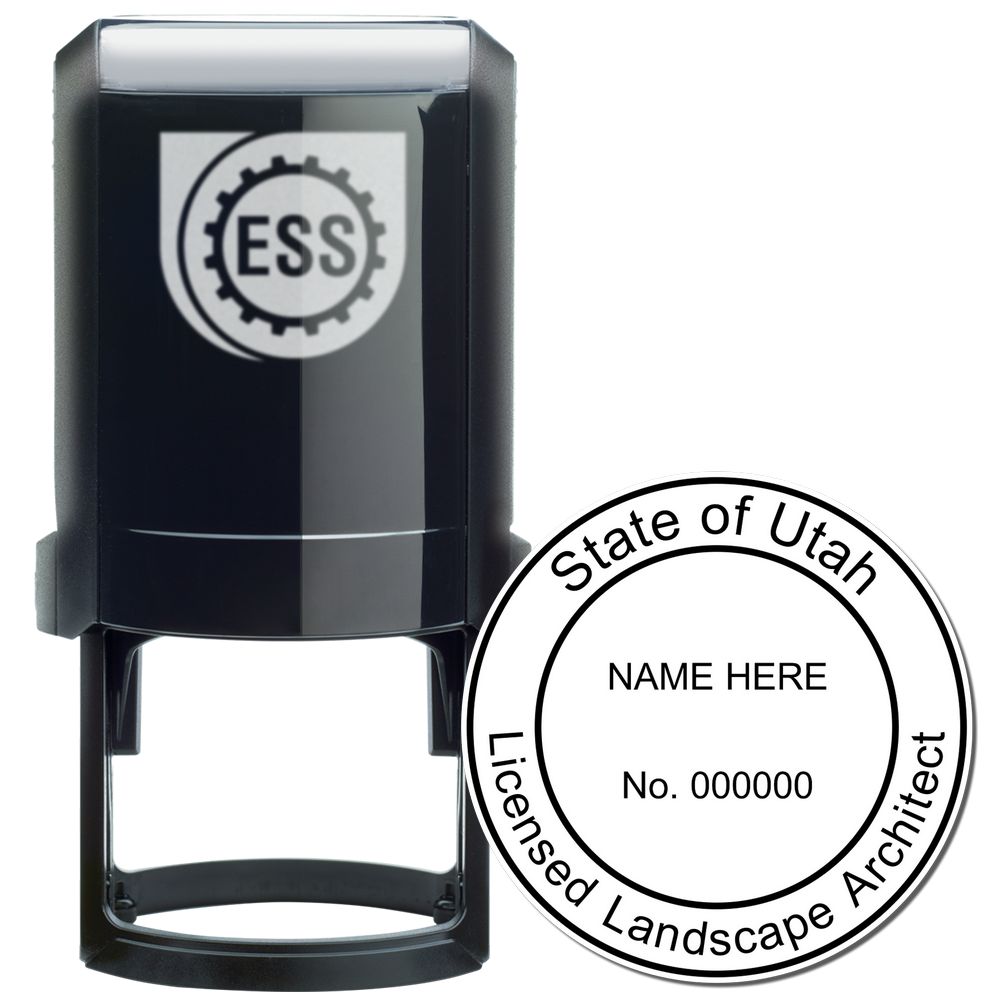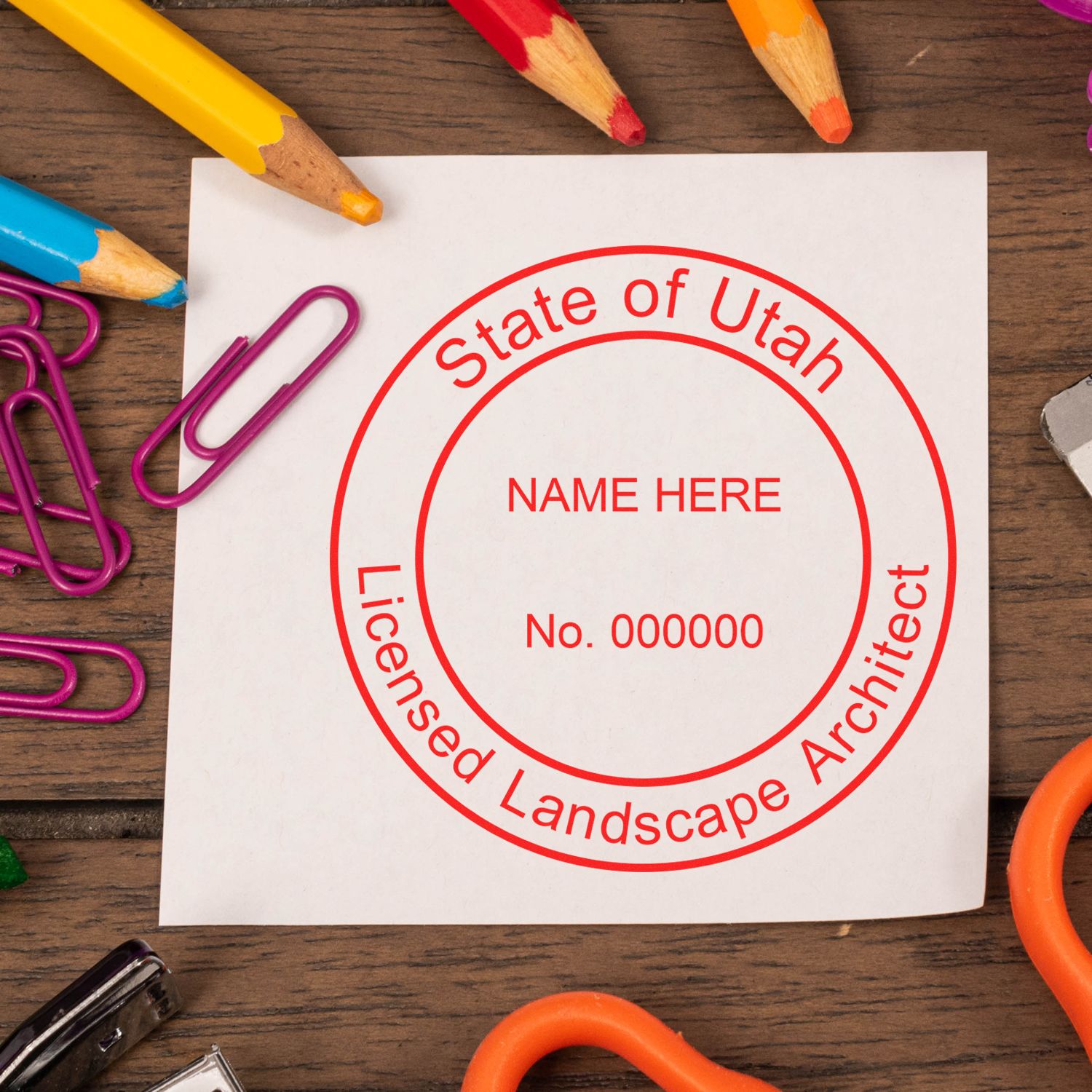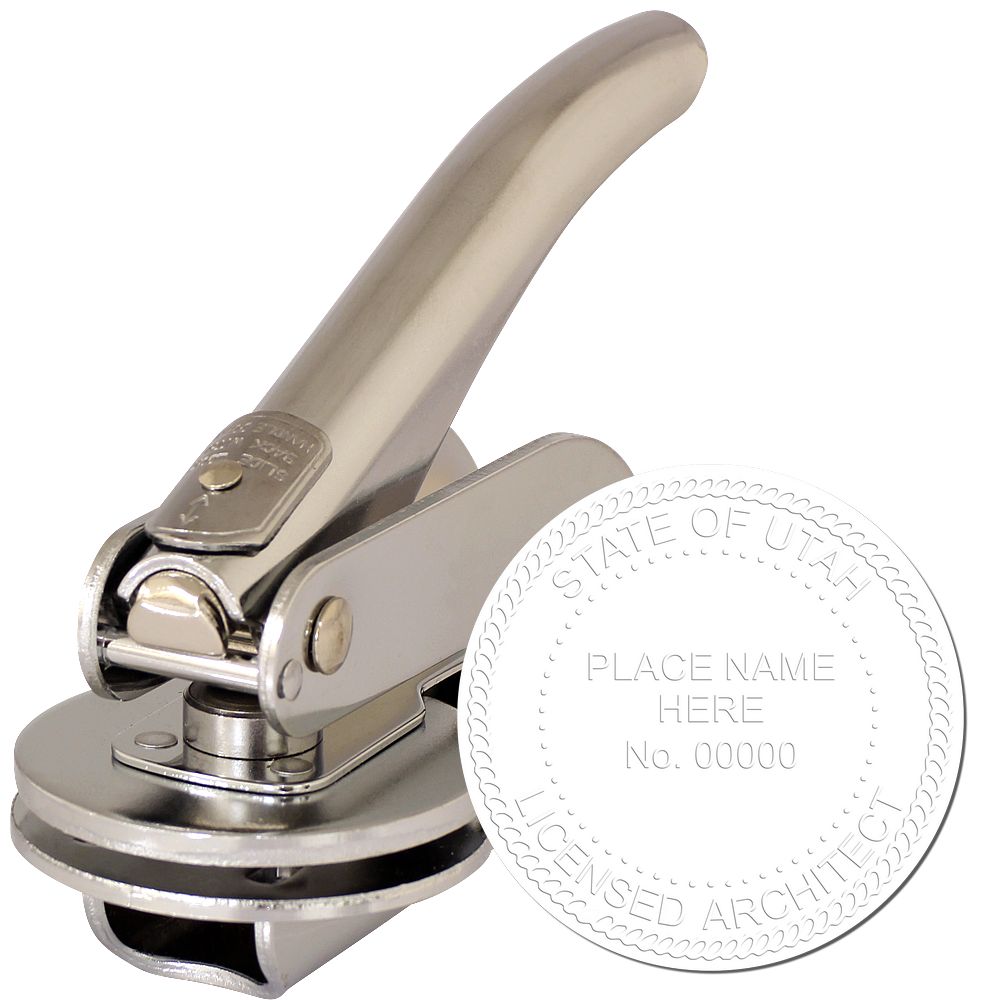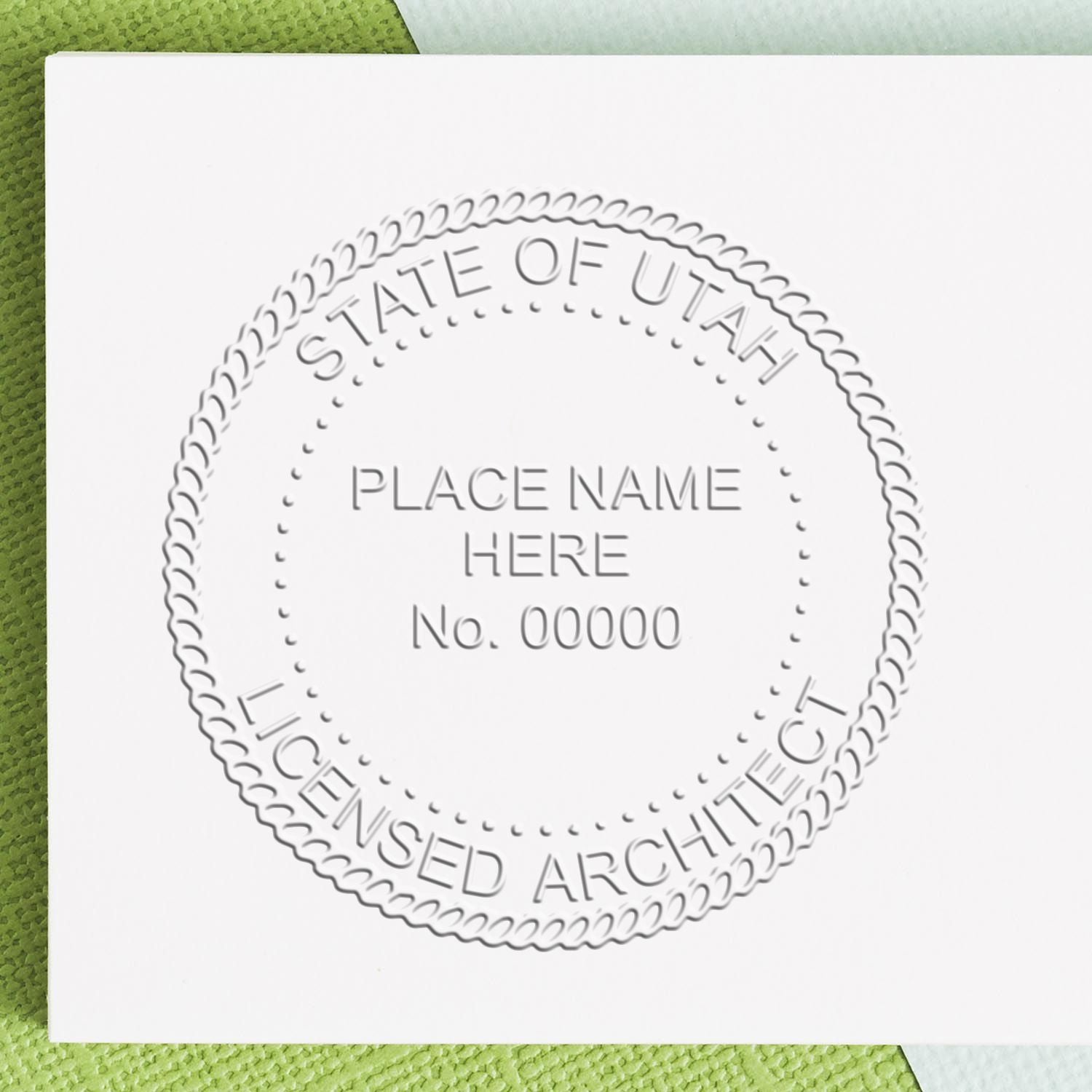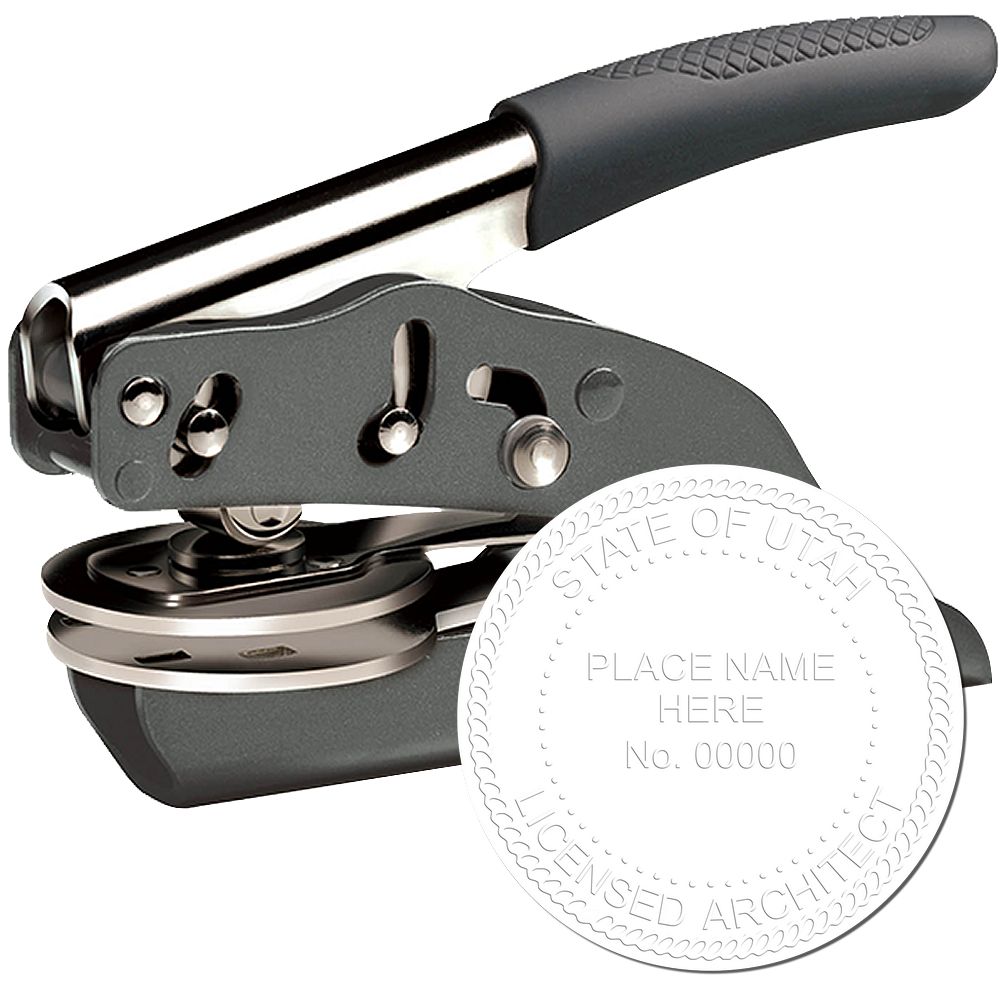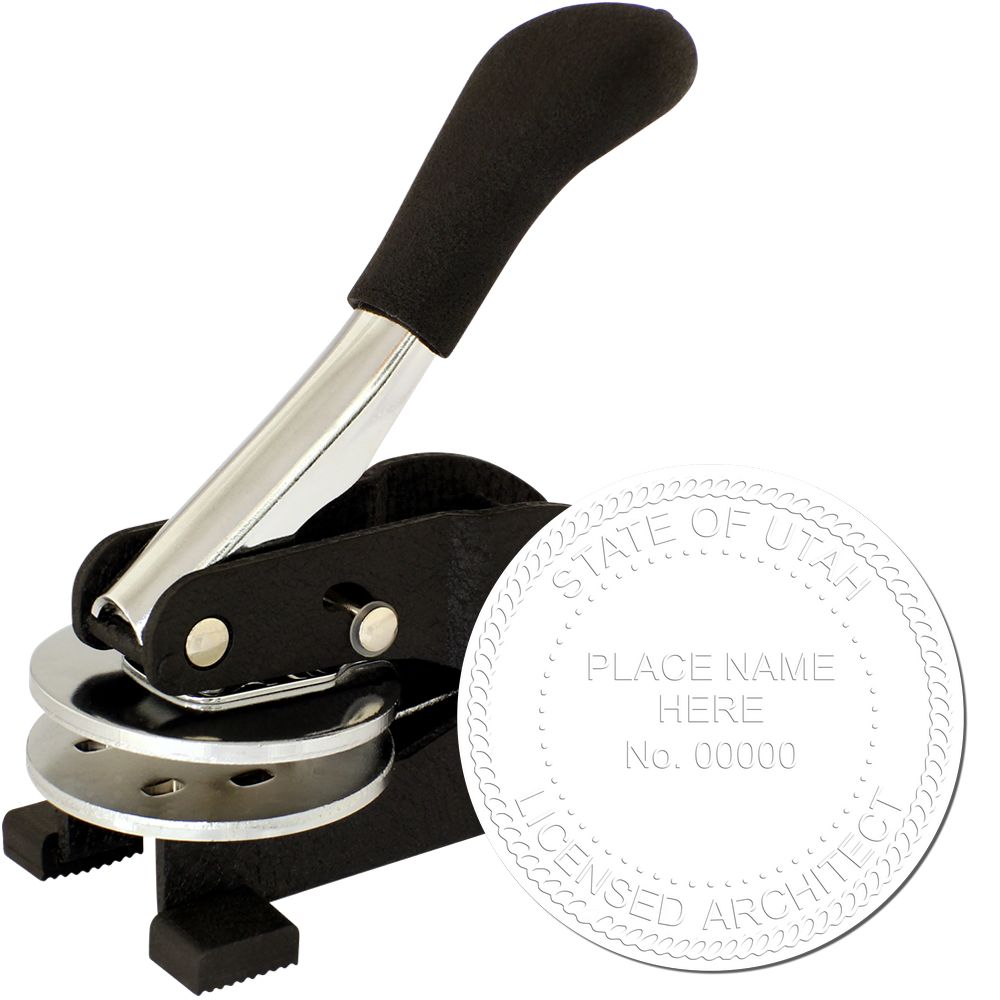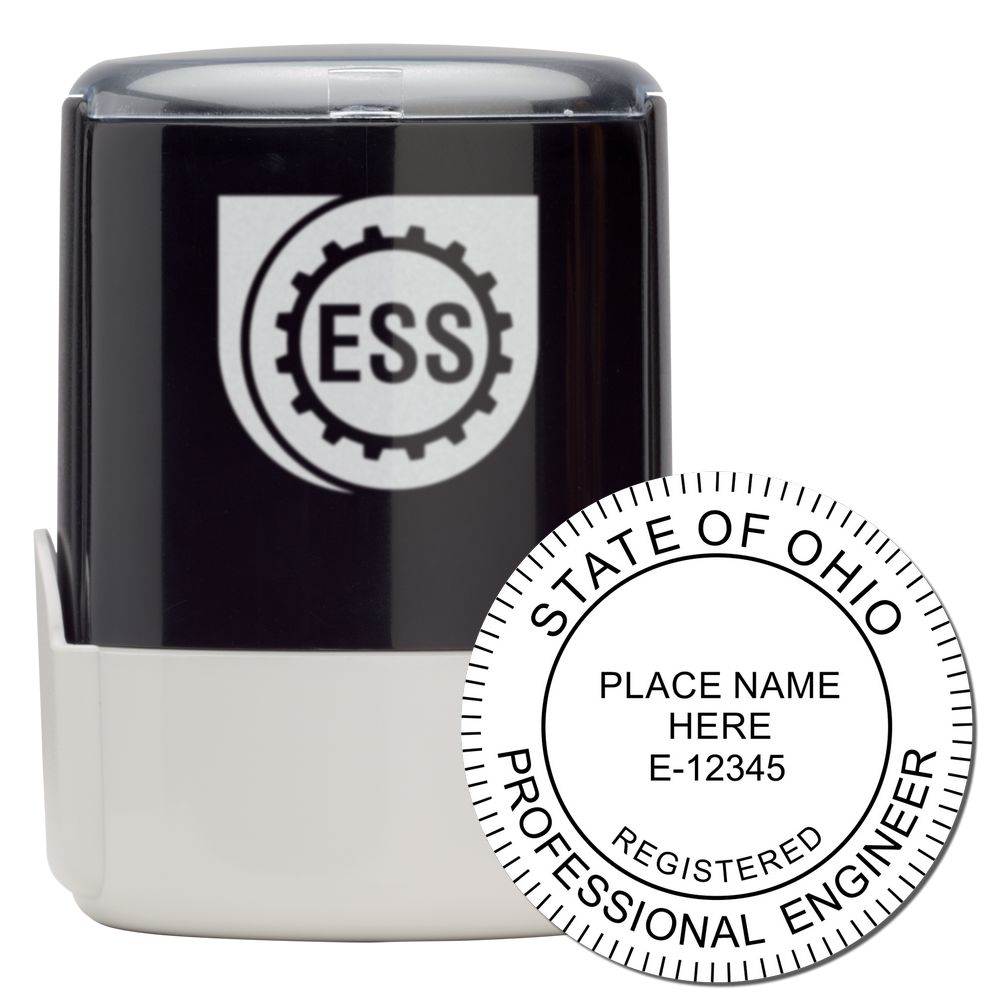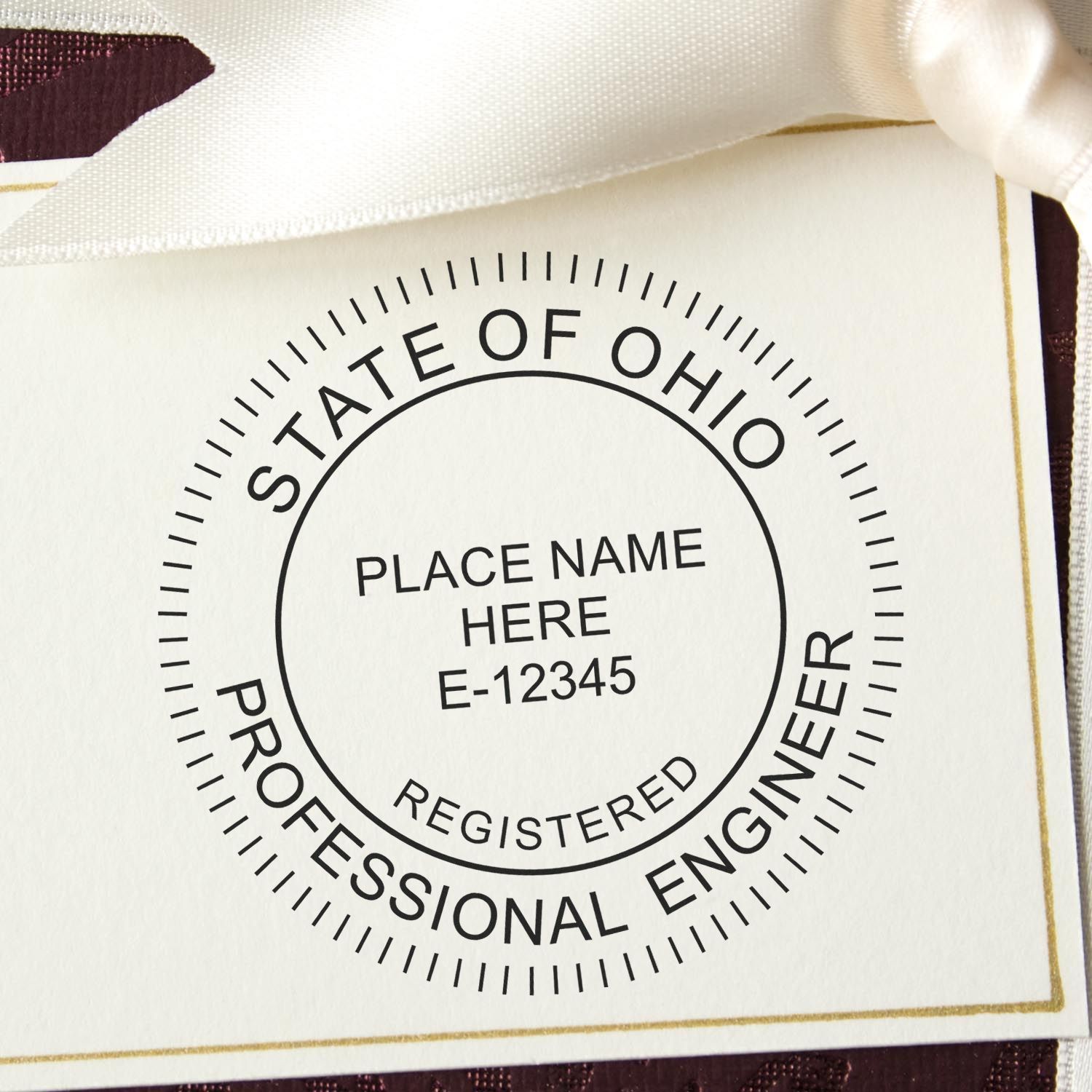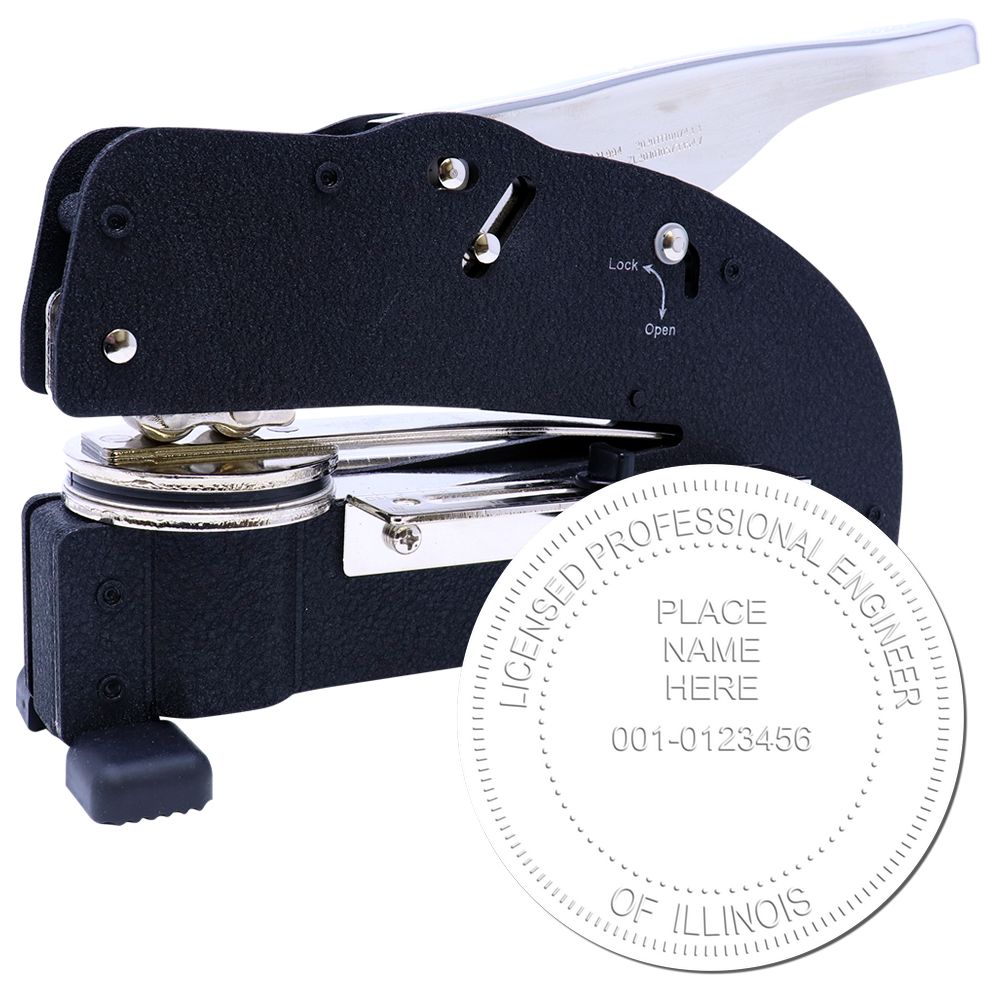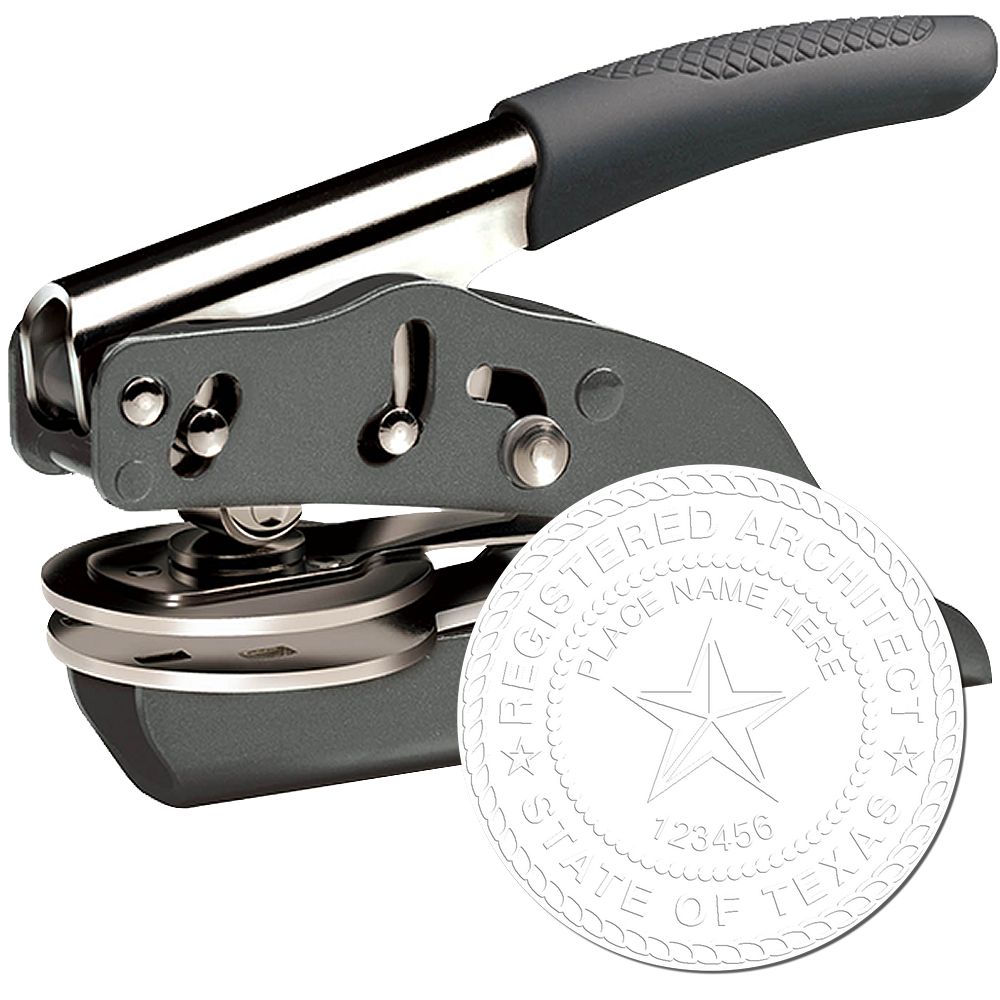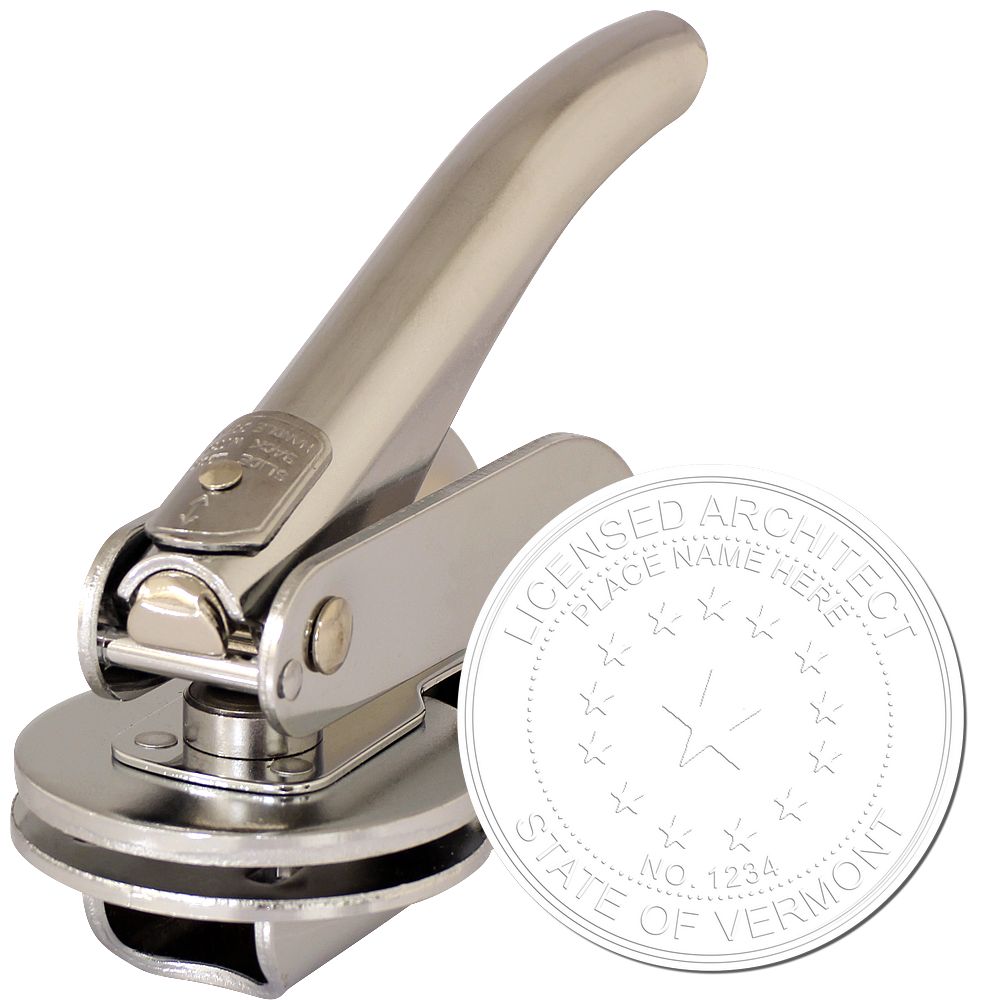Understanding Utah Architect Stamps
Architect stamps play a vital role in the architectural industry, serving as an official mark of approval and authentication for architectural documents. In the state of Utah, architect stamps are governed by specific regulations set forth by the Utah State Licensing Board. Understanding the importance of architect stamps and the specific regulations in Utah is crucial for architects practicing in the state.
Importance of Architect Stamps
Architect stamps hold significant importance in the field of architecture. They serve as a professional seal of approval, verifying that architectural documents, such as drawings and plans, have been reviewed and approved by a licensed architect. These stamps provide assurance to clients, contractors, and regulatory authorities that the documents comply with applicable codes, regulations, and standards.
Additionally, architect stamps help protect public safety by ensuring that buildings and structures are designed by qualified professionals and meet the necessary requirements. By affixing their stamp to architectural documents, architects take legal responsibility for the accuracy and integrity of their work.
Overview of Utah Architect Stamp Regulations
In Utah, architect stamps are regulated by the Utah State Licensing Board. The board has established specific guidelines and requirements that architects must adhere to when using their stamp. These regulations help maintain professional standards and ensure the integrity of architectural documents.
Some key aspects of the Utah architect stamp regulations include:
-
Designation: The architect stamp must clearly indicate the architect's name, license number, and the words "Registered Architect."
-
Size and Format: The size and format of the architect stamp must conform to the guidelines set by the Utah State Licensing Board. These guidelines specify the dimensions and layout of the stamp, ensuring that it is easily legible and distinguishable.
-
Ink Color: The ink color of the architect stamp should be a contrasting color to the background of the document. This ensures that the stamp is clearly visible and does not blend into the surrounding text or drawings.
-
Placement: The architect stamp should be placed in a conspicuous location on the architectural document, such as the title block or the cover sheet. This allows for easy identification and verification of the architect's approval.
For more detailed information on the specific requirements and guidelines for architect stamps in Utah, refer to our article on Utah architect stamp requirements. Familiarizing yourself with these regulations is essential to ensure compliance and professionalism in your architectural practice within the state of Utah.
Understanding the significance of architect stamps and the specific regulations in Utah is crucial for architects. By adhering to these regulations and using architect stamps in accordance with the guidelines, architects can uphold professional standards, ensure the accuracy of their work, and provide confidence to clients and regulatory authorities.
Requirements for Utah Architect Stamps
To ensure compliance with Utah's regulations, architects must adhere to specific requirements when it comes to obtaining and using architect stamps. These requirements are set by the Utah State Licensing Board and encompass both licensing regulations and design specifications.
Utah State Licensing Board Requirements
The Utah State Licensing Board has established clear guidelines for architects regarding the use of architect stamps. These requirements are in place to protect the public and maintain the integrity of architectural documents. Some key points to consider include:
- Architectural Licensure: Before an architect can obtain an architect stamp in Utah, they must hold a valid architectural license issued by the state. This license demonstrates that the architect has met the necessary education, experience, and examination requirements to practice architecture in Utah.
- Seal Design: The architect stamp must meet the specific design criteria outlined by the Utah State Licensing Board. The design typically includes the architect's name, license number, and the words "Registered Architect" or "Architect." The board provides guidelines for the size, layout, and format of the stamp, which must be followed to ensure compliance. For more detailed information, refer to our article on utah architect stamp requirements.
- Stamp Usage: Architects are required to affix their architect stamp or architect seal to their architectural documents, including drawings, plans, specifications, and reports. The stamp serves as a professional certification that the documents were prepared or reviewed by a licensed architect. It signifies the architect's responsibility and accountability for the content and adherence to applicable codes and standards.
Design and Layout Specifications
The design and layout of the architect stamp play a crucial role in meeting the Utah State Licensing Board's requirements. These specifications ensure that the architect stamp is easily identifiable, legible, and complies with regulatory standards. Here are some key considerations:
- Size and Shape: The Utah State Licensing Board provides guidelines for the size and shape of the architect stamp. The stamp should be of a sufficient size to be clearly visible when applied to the architectural documents. The shape of the stamp is typically rectangular or circular, depending on the architect's preference.
- Font and Text: The text on the architect stamp should be legible and clearly display the architect's name, license number, and professional title. The font size should be appropriate to ensure readability, and the text should be in a contrasting color to the background of the stamp.
- Placement: The architect stamp should be placed in a visible location on the architectural documents, ensuring that it does not obscure any critical information. The stamp should be applied in a way that prevents alteration or removal without evidence of tampering.
By understanding and meeting the requirements set by the Utah State Licensing Board, architects can ensure compliance and maintain professionalism in their architectural practice. It is important to regularly review and stay updated with the regulations to remain in good standing with the board. For more detailed information on Utah architect stamps, refer to our article on architect stamp Utah.
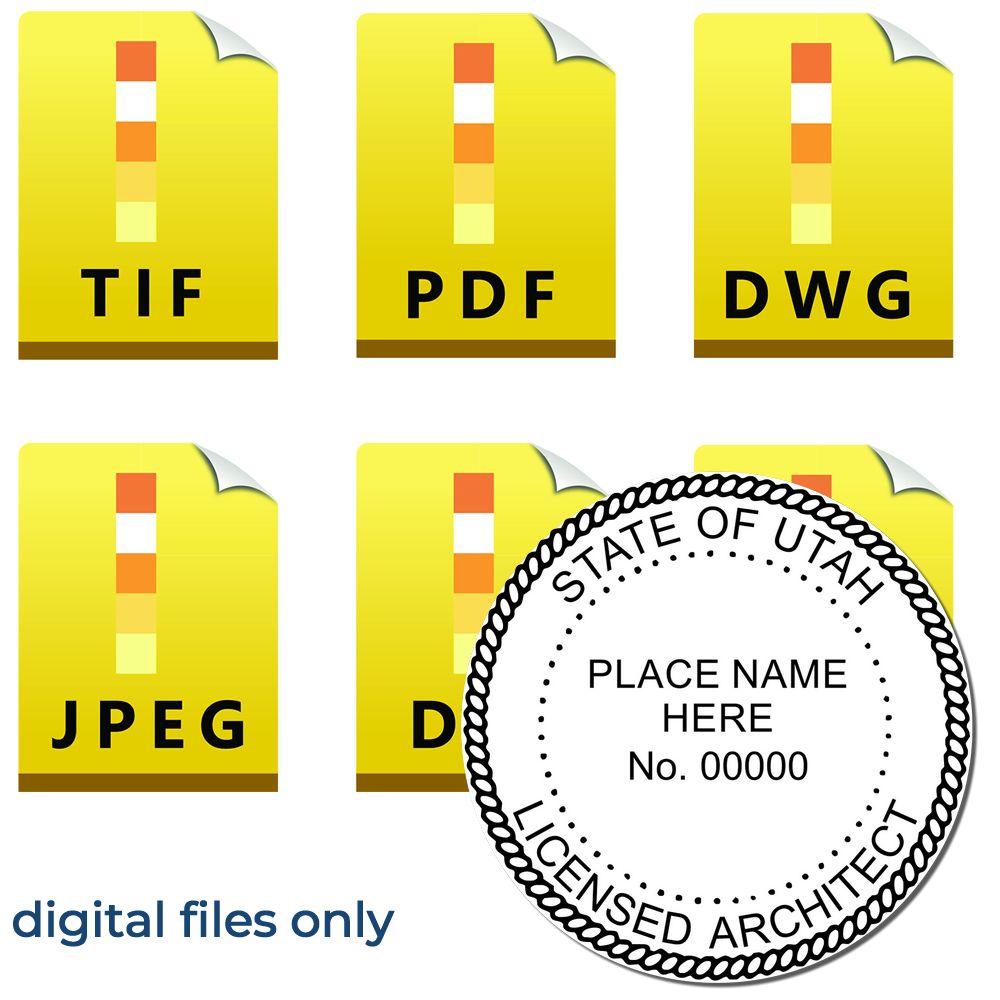
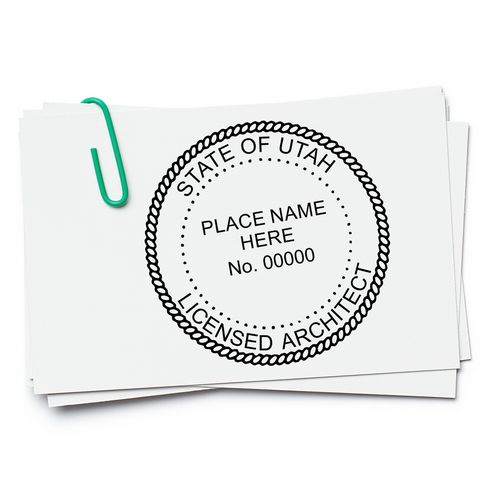
Obtaining a Utah Architect Stamp
To practice architecture in Utah, obtaining a valid Utah architect stamp is a crucial step. This stamp serves as a professional identifier and signifies that the architect is licensed to practice in the state. In this section, we will explore where to purchase Utah architect stamps and the factors to consider when choosing a stamp vendor.
Where to Purchase Utah Architect Stamps
Utah architect stamps can be purchased from various vendors, both online and offline. When deciding where to purchase your architect stamp, consider the following options:
-
Online Stamp Vendors: There are several reputable online stamp vendors that offer a wide selection of architect stamps, including options that comply with Utah's requirements. These vendors typically allow you to customize your stamp with your name, license number, and other relevant information. It's important to choose a vendor that specializes in architect stamps and offers stamps that meet the specific regulations of Utah. Check out our article on architect stamp Utah for more information.
-
Local Office Supply Stores: Some local office supply stores may carry architect stamps or be able to order them for you. While this option may provide convenience, it's essential to ensure that the stamps available comply with Utah's regulations. Confirm that the stamp vendor understands the specific requirements for Utah architect stamps before making a purchase.
Factors to Consider When Choosing a Stamp Vendor
When choosing a vendor to purchase your Utah architect stamp from, consider the following factors:
-
Compliance with Utah Regulations: Ensure that the stamp vendor is knowledgeable about Utah architect stamp requirements. The stamp should meet the size, design, and layout specifications outlined by the Utah State Licensing Board. For detailed information on these requirements, refer to our article on Utah architect stamp requirements.
-
Quality and Durability: Look for a stamp vendor that provides high-quality architect stamps made from durable materials. The stamp should be able to withstand frequent use without compromising the clarity of the impression. Consider stamps made with materials like metal or high-density plastic for longevity.
-
Customization Options: Check if the stamp vendor offers customization options. This allows you to personalize your architect stamp with your name, license number, and any additional information required by the Utah State Licensing Board. Customization ensures that your stamp meets the professional standards and requirements of the state.
-
Customer Reviews and Reputation: Research the reputation of the stamp vendor by reading customer reviews and testimonials. Look for vendors with positive feedback regarding the quality of their products and their customer service. A reputable vendor will be responsive to inquiries and provide prompt assistance if any issues arise.
By considering these factors, you can choose a reliable vendor and obtain a Utah architect stamp that meets all the necessary requirements. Remember to review the Utah architect stamp guidelines provided by the Utah State Licensing Board to ensure compliance. Once you have your architect stamp, you will be ready to use it for professional purposes while adhering to the regulations of the state.
Maintaining Compliance
Once you have obtained your Utah architect stamp, it is crucial to stay up to date with the regulations and requirements to ensure compliance with the Utah State Licensing Board. This section will cover the importance of staying informed about regulations and the process of renewing and updating your Utah architect stamp.
Staying Up to Date with Regulations
Regulations regarding architect stamps can change over time, so it is essential to stay informed about any updates or revisions to the Utah architect stamp regulations. The Utah State Licensing Board is responsible for establishing and enforcing these regulations, and they may periodically update the requirements. By staying up to date, you can ensure that your architect stamp remains valid and compliant.
To stay informed, regularly visit the Utah State Licensing Board's website for any announcements or changes related to architect stamp regulations. Additionally, consider subscribing to their newsletters or mailing lists to receive timely updates directly in your inbox. By staying proactive and keeping yourself informed, you can avoid any potential issues or penalties associated with non-compliance.
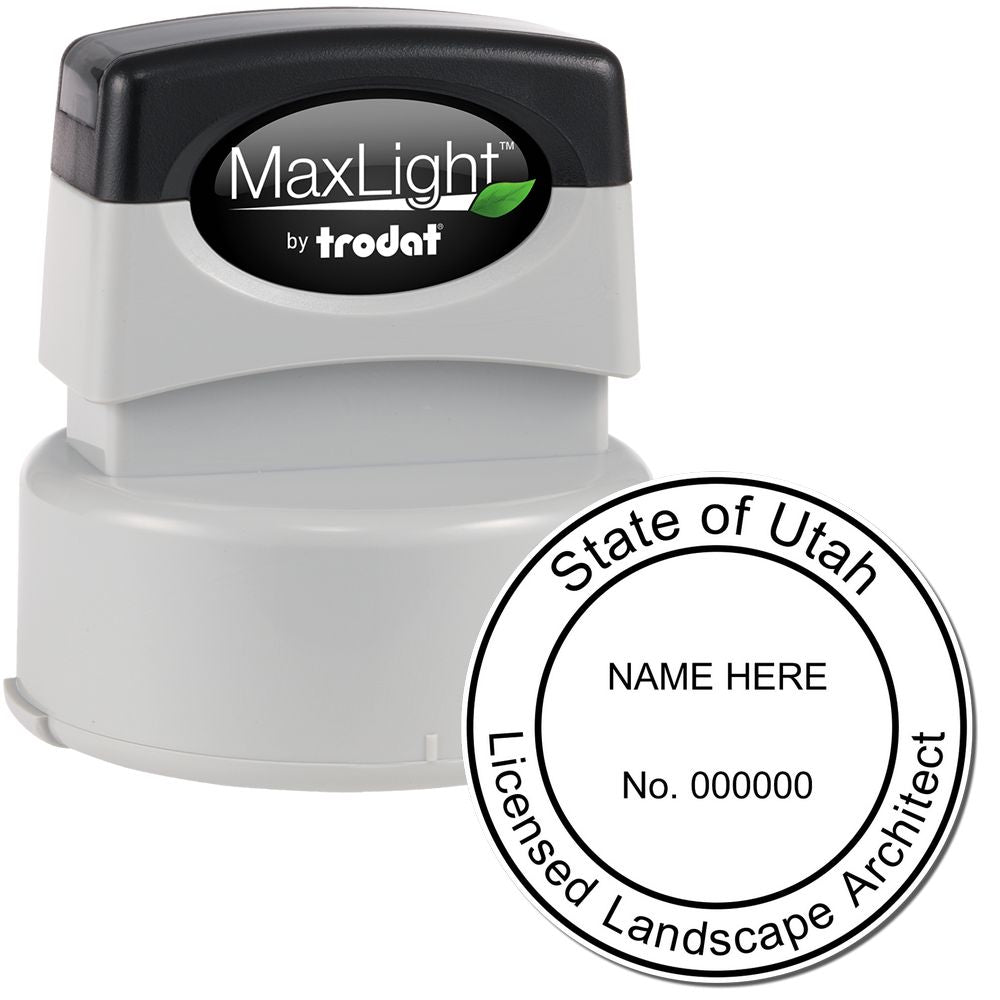
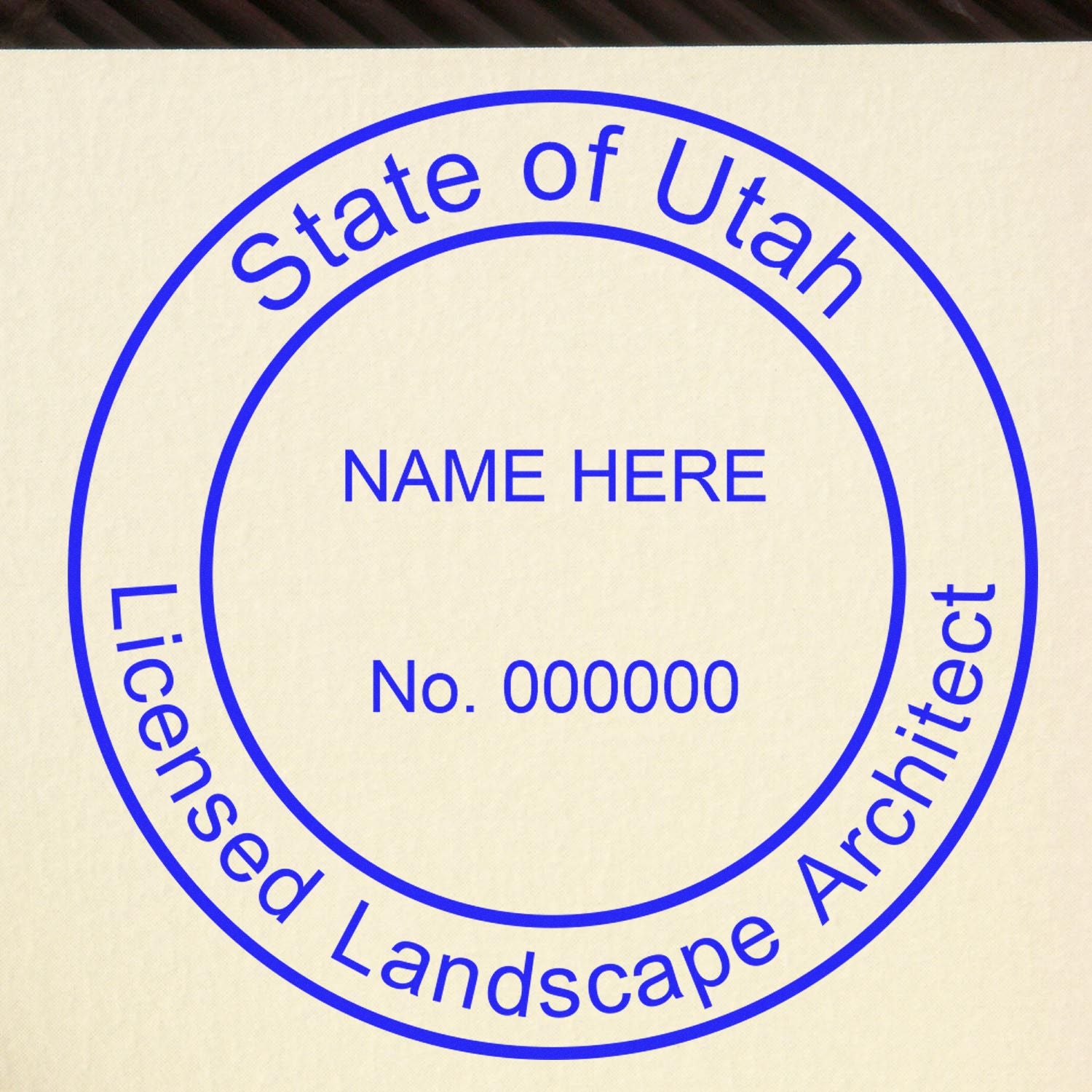
Renewing and Updating Your Utah Architect Stamp
Renewing your Utah architect stamp is a necessary step to maintain compliance. The Utah State Licensing Board typically requires architects to renew their stamps on a periodic basis, usually every two years. It is crucial to submit your renewal application and fee before the expiration date to ensure uninterrupted legal use of your architect stamp.
When renewing your Utah architect stamp, you may also have the opportunity to update the information displayed on the stamp. This may include changes to your name, license number, or other relevant details. Make sure to review the guidelines provided by the Utah State Licensing Board to ensure accuracy and compliance when updating your architect stamp.
To streamline the renewal and updating process, it is recommended to keep track of the expiration date of your architect stamp. Set reminders well in advance of the expiration date to allow ample time for the renewal process. By being proactive and organized, you can ensure that your architect stamp remains valid and up to date.
Remember, the architect stamp is not only a legal requirement but also an important symbol of your professional status. It signifies your expertise and adherence to regulatory standards. By maintaining compliance and staying up to date with the regulations, you can continue to use your Utah architect stamp with confidence and professionalism.
For more information on Utah architect stamp requirements and guidelines, refer to our article on utah architect stamp requirements. Additionally, if you are looking to purchase or update your architect stamp, visit our article on architect stamp utah to explore various options available.
Additional Considerations
In addition to understanding the regulations and requirements surrounding Utah architect stamps, there are a few additional considerations that architects should keep in mind. These considerations include professional liability insurance and the use of digital seals and signatures.
Professional Liability Insurance
Professional liability insurance, also known as errors and omissions (E&O) insurance, is an important aspect of practicing architecture. This type of insurance provides coverage for claims that may arise due to professional negligence, errors, or omissions in the architectural services provided.
While professional liability insurance is not directly related to the use of architect stamps, it is a critical safeguard for architects. It helps protect against potential legal and financial liabilities that may arise from design errors or other professional mistakes.
Architects in Utah should consult with insurance providers specializing in professional liability insurance for architects. These providers can offer coverage options that align with the unique needs of architectural professionals. By having professional liability insurance in place, architects can focus on their work with confidence, knowing they have an added layer of protection.
Digital Seals and Signatures
With the advancements in technology, many architects are transitioning from traditional paper-based seals and signatures to digital alternatives. Digital seals and signatures provide convenience, efficiency, and security in the digital age.
Digital seals and signatures are created using specialized software or platforms that allow architects to affix a digital representation of their seal or signature onto electronic documents. These digital seals and signatures carry the same legal weight as their traditional counterparts, ensuring authenticity and integrity.
When considering the use of digital seals and signatures, architects should research and select reputable software or platforms that comply with the applicable regulations and requirements. It is essential to choose a solution that provides secure storage and verification of digital seals and signatures.
Architects should be aware of any specific guidelines or regulations set forth by the Utah State Licensing Board regarding the use of digital seals and signatures. Keeping up to date with the latest regulations ensures compliance and helps architects leverage the benefits of digital technology while maintaining professional standards.
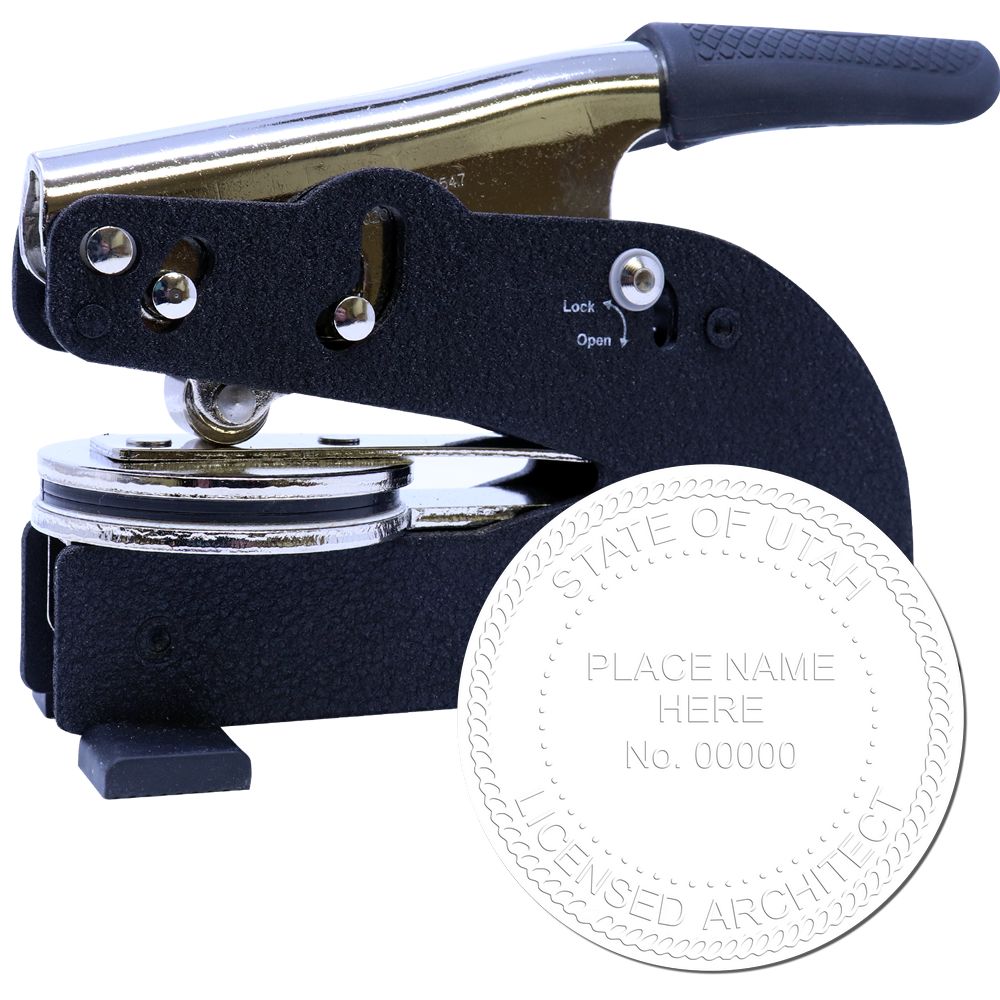
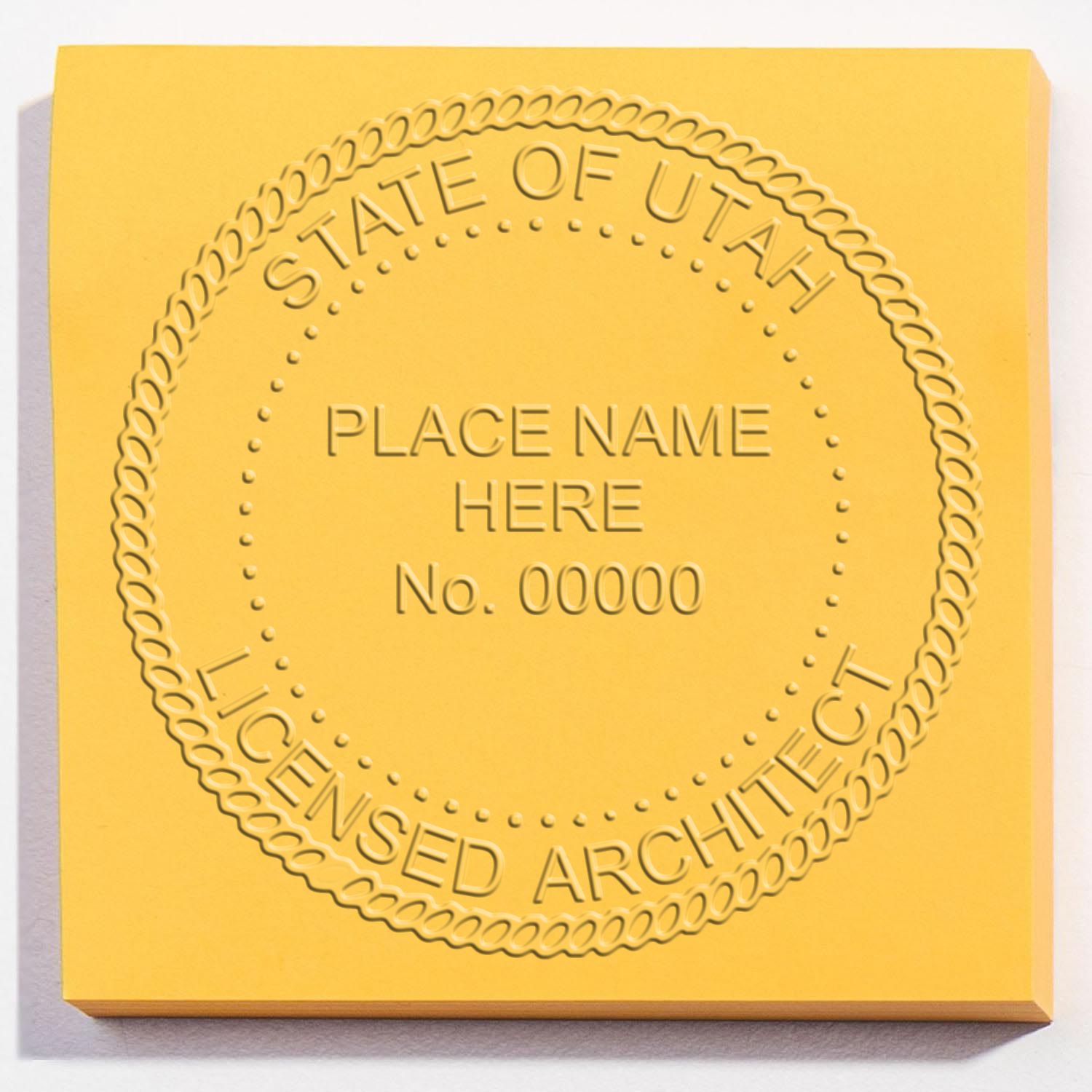
By understanding the importance of professional liability insurance and exploring the possibilities of digital seals and signatures, architects in Utah can navigate the landscape of architect stamps with confidence and embrace the opportunities presented by evolving technological advancements.
For more information on architect stamps in Utah, refer to our article on architect stamp Utah.
About ESS
At ESS, we take great pride in being one of the leading providers of custom rubber stamps, professional seals, and notary stamps in the industry. With decades of experience in the field, we have established ourselves as a reliable and reputable source for all your stamp and seal needs.
Our team of experts is dedicated to providing top-notch customer service, ensuring that you receive personalized assistance in selecting the perfect stamp or seal for your needs. We understand that each customer has unique needs and preferences, which is why we offer a wide range of options and styles for you to choose from. At ESS, quality is our top priority. That's why we offer a state board guarantee on all of our products, giving you peace of mind knowing that your stamp or seal is built to last. We only use the highest quality materials to ensure that your stamp or seal looks professional and is durable enough to withstand regular use.
We also understand that time is of the essence, which is why we offer a quick turnaround on all of our products. Our streamlined process, coupled with our commitment to efficiency, ensures that you receive your stamp or seal in a timely manner without sacrificing quality. In short, ESS is your one-stop-shop for all your stamp and seal needs. With a focus on quality, customer service, and efficiency, we are confident that we can provide you with the perfect stamp or seal to meet your needs.

